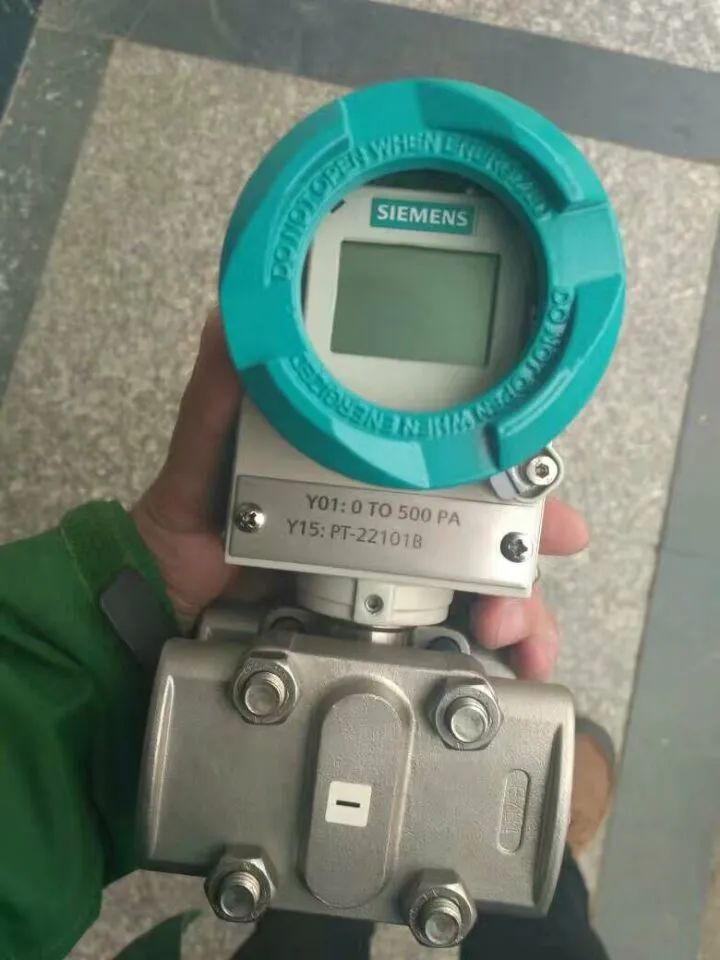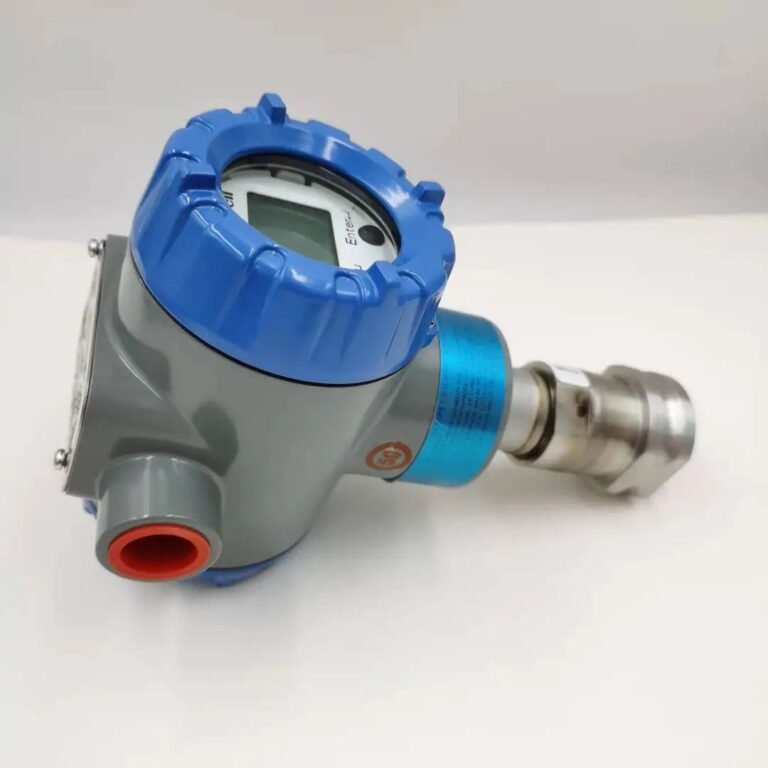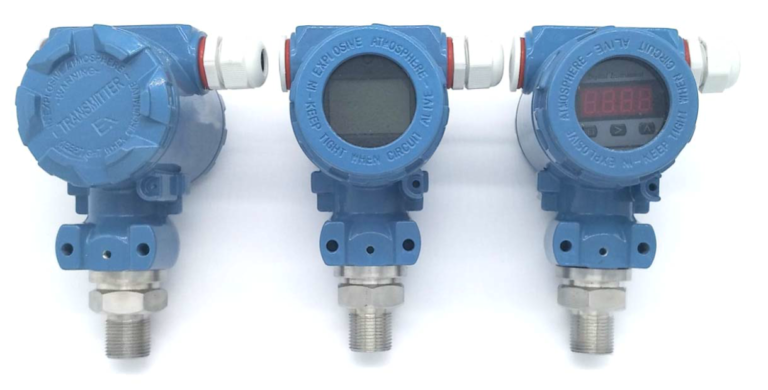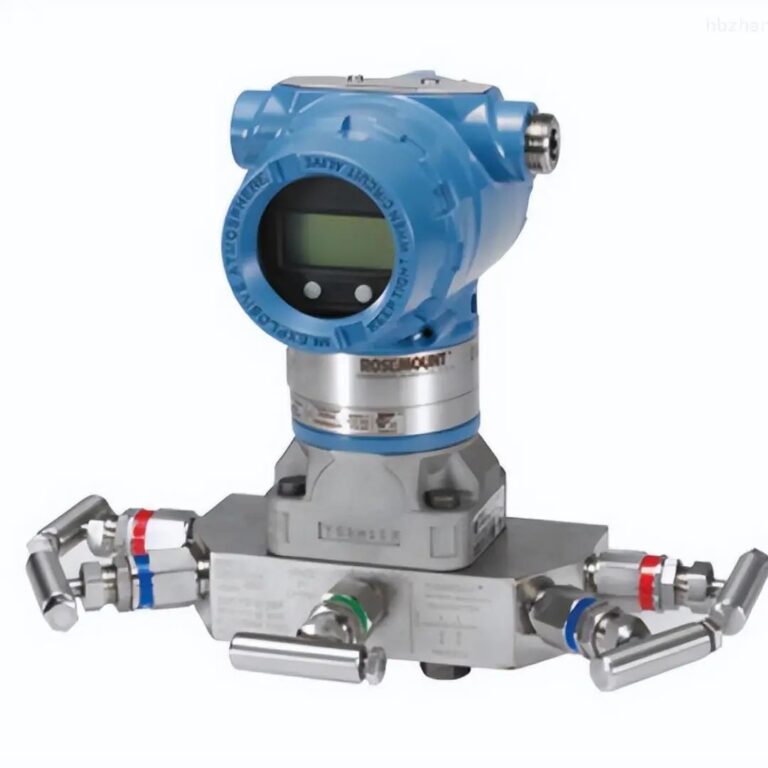The intelligent pressure transmitter (see picture) consists of three parts: measurement circuit, process connection and transmitter. The sensor part includes: capacitive sensor, measurement diaphragm detection circuit, temperature sensor and temperature compensation circuit; intelligent electronic board.
The board part includes: microcomputer controller and peripheral circuit, which completes the conversion of pressure signal to 4~20mAde. Used to measure the pressure of liquid, gas or steam and convert the pressure signal into a 4-20mADC signal output.
The intelligent pressure transmitter can communicate with the handheld operator to set, adjust the pressure range, monitor or form an on-site monitoring system with the host computer.
It is widely used in the measurement and measurement of weakly corrosive liquids, gases and vapors in industrial pipelines. Control System:

The microprocessor is the core of the intelligent pressure transmitter. The measurement data can be calculated, stored and processed. The sensor can also be adjusted through the feedback loop to optimize the collected data. Because the microprocessor has various software and hardware functions, it can complete tasks that are difficult to complete with traditional transmitters. Therefore, the intelligent pressure transmitter reduces the difficulty of manufacturing the sensor.
Intelligent pressure transmitters also have the following features:
1. It has automatic compensation capability. It can automatically compensate the nonlinearity, temperature drift, time drift, etc. of the sensor through software. It can self-diagnose. After powering on, the sensor can be self-tested to check whether each part of the sensor is normal and make a judgment. . Data processing is convenient and accurate, and data can be automatically processed according to internal programs, such as statistical processing, removal of abnormal values, etc.
2. With two-way communication function
The microprocessor can receive and process sensor data, and can also feed information back to the sensor to adjust and control the measurement process. It can store and remember information, and can store sensor characteristic data, configuration information and compensation characteristics, etc.

3. With digital interface output function, the output digital signal can be easily connected to a computer or field bus, etc.
Common faults are as follows:
(1) Zero point drift of the transmitter (no code). Processing: Stop the watch. Empty. Perform zero point calibration.
(2) Range drift of the transmitter (no code). Processing: Stop the watch, empty it, and perform range calibration.
(3) The transmitter errors Er07, Er09, and Er10 alarm (over-limit alarm). deal with:
① Confirm whether the process production situation exceeds the upper and lower limits of the instrument, stop the meter, drain and calibrate.
② Check whether the internal configuration LRV.HRV of the transmitter is within the required setting range, otherwise modify it.
③ Check whether the transmitter is under one-way pressure or the membrane box is deformed and damaged.
④ Check whether the pressure guiding pipe is leaking or blocked.
⑤ Check whether the insulation between the + and – terminals of the transmitter and the meter body is intact.
(4) The transmitter indication is too low or too high (no code). deal with:
① Check whether the pressure guiding pipe is leaking or blocked
② Check or replace the transmitter amplification/conversion board.
③Check whether the medium in the pressure guide pipe is dirty
④ Check whether the positive and negative pressure guiding pipes with migration transmitters are all filled with liquid.

4. The pressure guiding tube is faulty. For accurate measurement results, the conduit between the transmitter and the production device must transmit the pressure accurately. However, after the pressure guide tube fails, there are generally five reasons for the error in pressure transmission, such as liquid accumulation in the gas tube, leakage of the pressure guide tube, and gas present in the liquid tube, especially when using detergent. Friction losses, changes in density of the impulse tube due to temperature or other factors.
5. Line failure. If a circuit fault occurs and the transmitter readings are abnormal, you should check whether there is any fault phenomenon in the transmitter junction box, such as disconnection, short circuit or virtual connection. You can detect the continuity of the circuit. In addition, you can also measure the resistance. , shake the insulation, test the power supply and other methods to find out the cause of the fault. In addition, humid environments can also damage circuits.
6. Electrical signal transmission failure. If the transmitter is used or maintained improperly, it can easily lead to electrical signal transmission failures. For example, if the signal transmission distance is relatively long, attenuation or interference may occur. In this case, the cross-sectional area of the cable should be increased as required, and the surrounding area should be checked to see if there are strong electrical equipment or strong radiation sources.
7. Communication failure. If communication fails after the handheld communicator is connected to the transmitter, you need to check whether the transmitter’s power supply voltage, load resistance, and communication cable are connected properly. Weather factors will also affect it. For example, a lightning strike may damage the circuit and make communication impossible. The electronic circuit board should be replaced.

8. Sensor failure. If the oxide film of the sensor falls off, it will cause a short circuit in the capacitor and the circuit output of the transmitter will be cut off. If the vacuum degree of the silicone oil filling fluid of the transmitter does not meet the process requirements, there will be gas inside the silicone oil, and the output of the transmitter will produce a zero point drift.
9. No response when applying pressure
If there is no response when applying pressure, check whether the valve of the pressure pipe is normal, whether the jumper switch of the transmitter protection function is normal, whether the pressure pipe is blocked, check the zero point and range of the white transmitter, and replace the sensing membrane head, etc.

10. Pressure variable reading deviation
When the pressure reading of the pressure transmitter is obviously high or low, first check whether there is leakage in the pressure pipe, then check the valve on the pressure pipe, and fine-tune the sensor. If the problem still exists, replace it with a new one. Sensing membrane head.
11. Pressure variable readings are unstable
This problem can be checked by isolating external interference sources, checking whether the pressure-guiding pipe is leaking, whether there is debris in the pipe, checking whether the isolation diaphragm is worn or deformed, and checking the pressure-sensitive diaphragm head.
